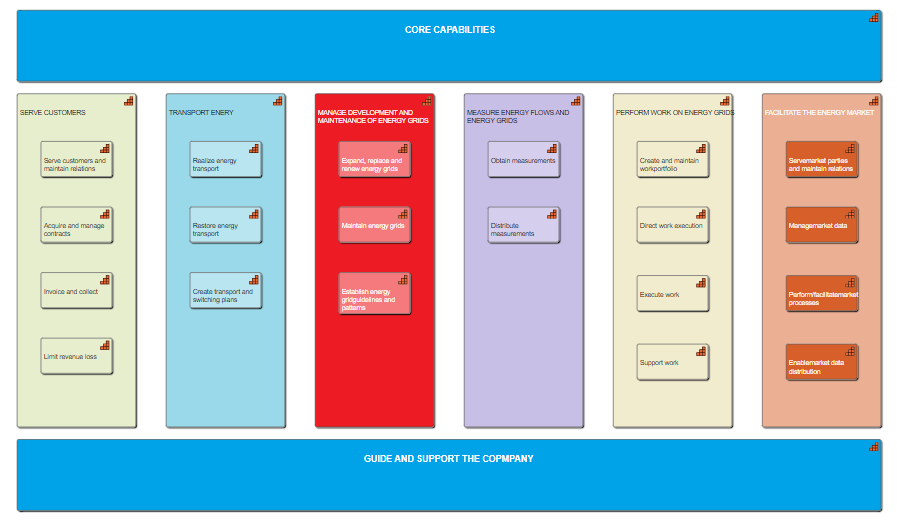Concerns: Architecture vision and policies, motivation
Purpose: Deciding, informing
Scope: Implementation and Migration
A project viewpoint is primarily used to model the management of architecture change. The “architecture” of the migration process from an old situation (current state Enterprise Architecture) to a new desired situation (target state Enterprise Architecture) has significant consequences on the medium and long-term growth strategy and the subsequent decision-making process. Some of the issues that should be taken into account by the models designed in this viewpoint are:
- Developing a fully-fledged organization-wide Enterprise Architecture is a task that may require several years.
- All systems and services must remain operational regardless of the presumed modifications and changes of the Enterprise Architecture during the change process.
- The change process may have to deal with immature technology standards (e.g., messaging, security, data, etc.).
- The change has serious consequences for the personnel, culture, way of working, and organization.
Furthermore, there are several other governance aspects that might constrain the transformation process, such as internal and external cooperation, project portfolio management, project management (deliverables, goals, etc.), plateau planning, financial and legal aspects, etc.


